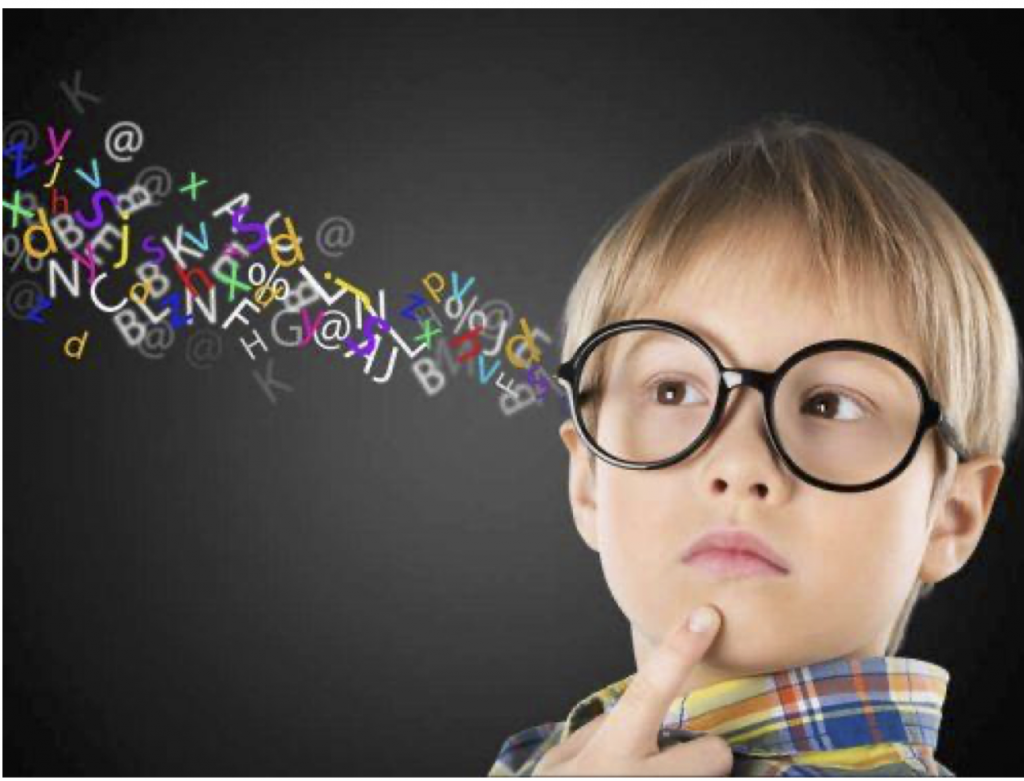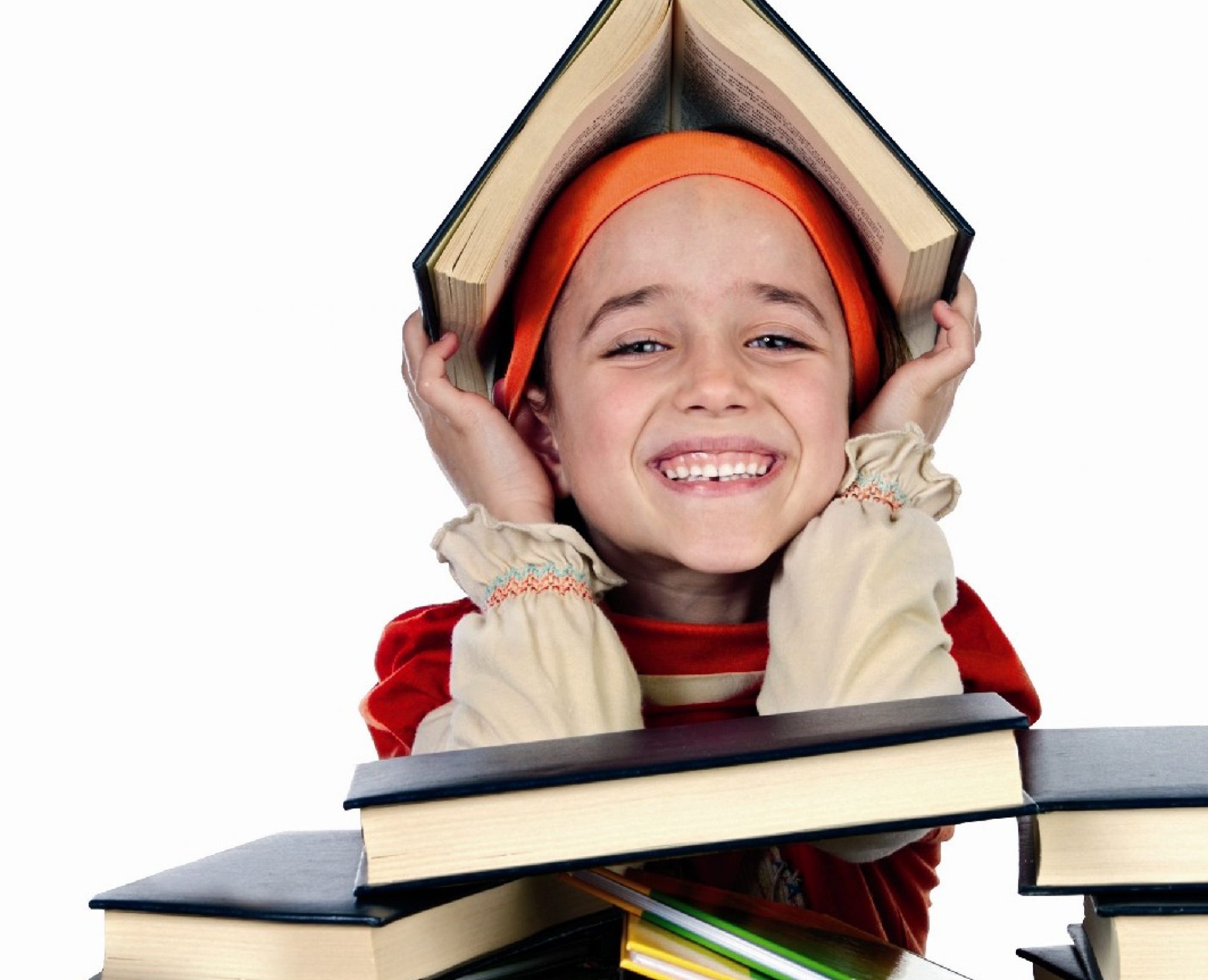
Reading isn’t just about knowing words on a page. It’s a mix of different brain tasks like seeing and hearing and being able to process this input in the brain. Being good at seeing and hearing helps you read better and understand more. If we understand how these things work, we can help our kids learn to read even better.
Two fundamental tasks in the brain are visual processing and auditory processing, and these processes help us learn to read efficiently.
What is Visual Processing?
Visual processing is the brain’s ability to interpret and make sense of visual information from the environment (different from visual acuity which measures how sharp your vision is at distance). In the context of reading, visual processing involves recognizing letters, decoding words, and understanding the spatial arrangement of text on a page. Good visual processing is necessary for these important reading skills:
- Letter Recognition: One of the fundamental skills in reading is the ability to recognize letters. Efficient visual processing allows individuals to quickly identify and distinguish between different letters, which forms the basis for word recognition.
- Word Decoding: Decoding involves translating written symbols (letters) into their corresponding sounds to pronounce words. Efficient visual processing facilitates rapid and accurate decoding, which helps to read fluently.
- Visual Tracking: Reading requires smooth and accurate eye movements to track text from left to right across a page. Strong visual processing skills help to maintain focus and prevent skipping or repeating lines while reading.
- Visual Memory: Remembering and recalling visual information, such as the shapes of letters and words, is essential for building vocabulary and comprehending text. A strong visual memory enables readers to recognize words encountered previously which helps us to read fluently.
Here are some important foundations of visual processing abilities:
- Visual Discrimination: being able to recognize the differences and similarities between objects, symbols or shapes (in this case letters).
- Visual Memory: being able to remember what something looks like, which helps remember letters, sight words, and spelling rules.
- Visual Form Constancy: knowing that letters can exist in different contexts and being able to identify them across contexts.
- Visual Sequential Memory: being able to understand the sequence of order of words after viewing them. This helps with spelling and decoding words (ordering letters in a particular sequence). Difficulties here can result in meaning of words being changed and impacting understanding.
- Visual Figure-Ground: ability to distinguish and find a particular object (or word) which helps with scanning text to find a particular piece of information.
- Visual Closure: being able to recognise a word when only a part of it is shown which helps to recognise a word without having to fully decode it each time it is encountered.
What is Auditory Processing?
Auditory processing is the brain’s ability to interpret and make sense of sounds. In reading, auditory processing skills are important for skills in phonemic awareness, understanding spoken language, and recognizing the letter-sound correspondence. Efficient auditory processing is necessary for these reading skills:
- Phonemic Awareness: Phonemic awareness involves the ability to identify and manipulate individual sounds (phonemes) in spoken words. Good auditory processing skills enable children to identify subtle differences in sounds, which is crucial for phonemic awareness and phonics instruction.
- Letter-Sound Correspondence: Understanding the relationship between sounds and written symbols is fundamental to learning to read. Strong auditory processing skills facilitate the association between spoken sounds and their corresponding letters or letter combinations, which aids in recognising and decoding words.
- Oral Language Comprehension: Reading comprehension relies on the ability to understand spoken language. Effective auditory processing enables individuals to extract meaning from oral language, which translates to improved comprehension when reading written text.
Here are some important foundations of auditory processing abilities:
- Auditory Awareness: ability to detect where a sound is coming from
- Auditory Discrimination: ability to detect differences in specific sounds. This helps to identify differences such as /th/ and /f/.
- Auditory Identification: ability to attach meaning to particular sounds which aids in having good letter-sound association.
How can I support my child’s processing abilities in reading instruction?
We can support our children’s visual and auditory processing abilities through targeted strategies, for example:
- Multisensory Approaches: Incorporating activities that engage multiple senses (e.g., sight, hearing, touch) can reinforce visual and auditory processing skills at the same time. For example, using manipulatives for letter-sound associations or employing multimedia resources for reading comprehension tasks.
- Explicit Instruction: Providing explicit instruction in phonemic awareness, phonics, and vocabulary development helps strengthen auditory processing skills essential for reading success. Providing levelled instructions with ample opportunities for practice and feedback is important for reading development.
- Differentiated Instruction: Recognizing individual differences in visual and auditory processing abilities, we can adjust our instructions to meet diverse learning needs. Providing accommodations such as audiobooks, visual aids, or assistive technologies can support children with specific processing challenges.
By addressing the connection between visual and auditory processing abilities in reading instruction, we can empower children to become proficient readers. Through supporting our children’s processing abilities, children can unlock the full potential of their reading skills, paving the way for academic success and lifelong learning.
-Caitlin Sassen

